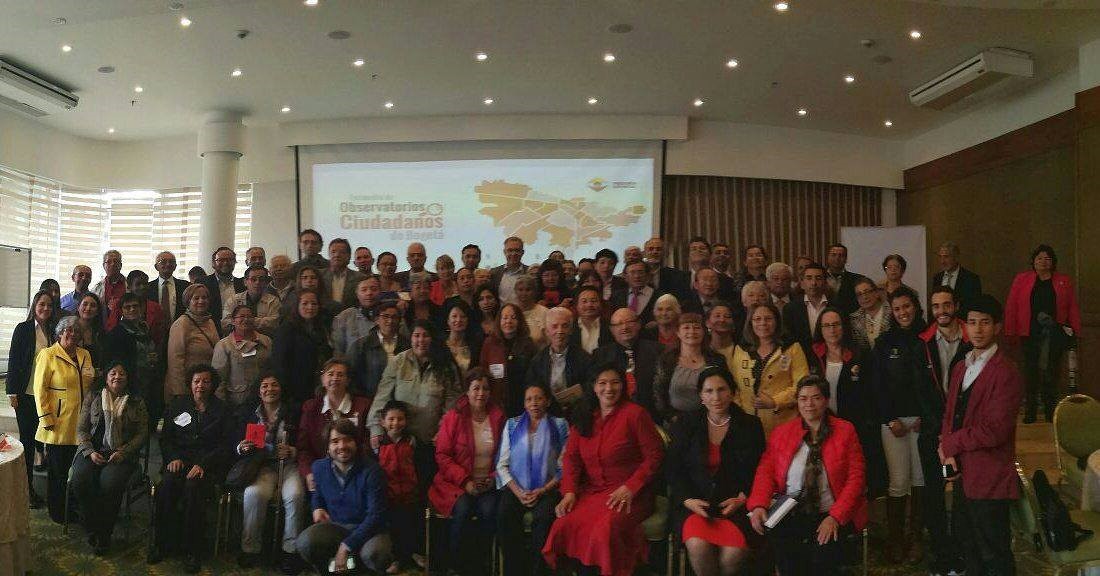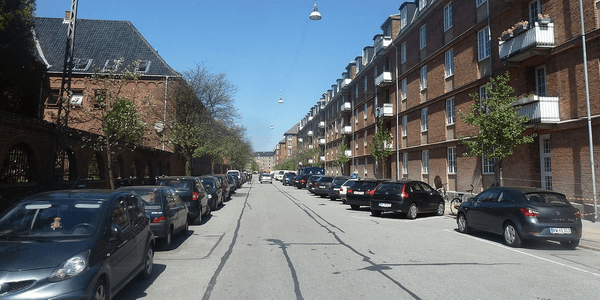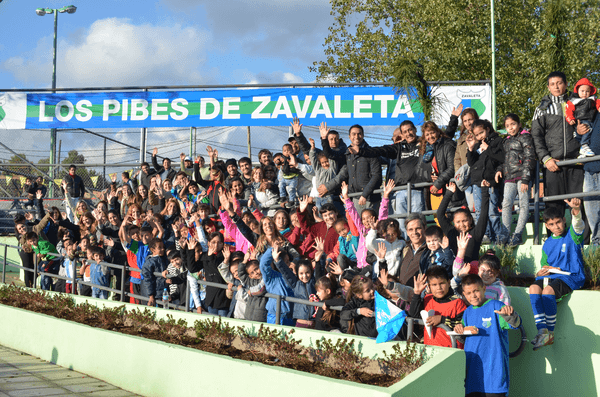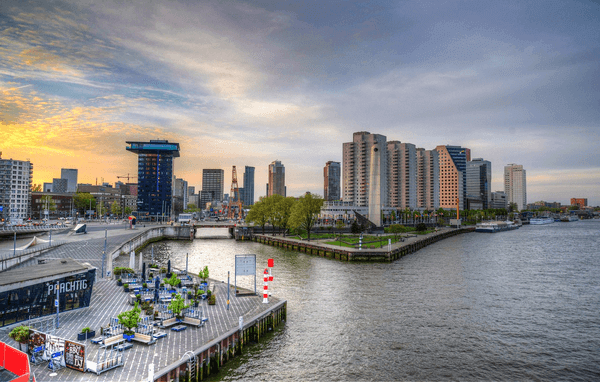The District and Local Administration Follow-up Tool aims to establish an environment where citizens cancontribute to and evaluate the effectiveness of public management within the district government. The Follow-up Tool proposes to draw citizens’ attention to jurisdictional matters in the district bodies in Bogota.
The District Follow-up Tool is centred on the following four pillars of analysis:
- Institutional development for good governance
This pillar covers topics including: execution efficiency (budgets and compliance with development plan goals); planning (contracts and institutional coordination); citizens’ involvement; promoting social control; anti-corruption plan; and response to comptrollers.
- Sustainable economic development
This pillar covers topics including: informal sales; street markets; increased competitiveness; connectivity and road infrastructure; public transport system; cycle paths; road network; tourism; career development; advancement of the farming sector; revitalising rural life; promoting tourism; and expanding road infrastructure and mobility education.
- Inclusive social development
This pillar covers topics including: the provision of public services; promoting sport, recreation and leisure; promotion of gender equality; outreach for vulnerable groups; promoting public health, housing improvement and programmes; promoting public education, citizens’ culture and the preservation of heritage.
- Sustainable environmental development
This pillar covers topics including: air quality; landfills; protection and care of the environment; forest reserve; mining activities; management and care of water resources; cleaning and solid waste management services; management of public areas; care and protection of natural resources; and promoting environmental education.
The implementation of the District and Local Administration Follow-up Tool comprises several stages. It commences with the execution of agreements between Citizens’ Observatories and the Government on the evidence brought forward by different sub-indicators and reflecting public management. The quality of evidence is then verified in roundtable discussions between citizens and authorities. A traffic light-like opinion is then drafted to test the state of every indicator and sub-indicator using the District Follow-up Tool, leading to a report on the results of its application. There are follow-up roundtable discussions aimed at reinforcing two-way dialogue between citizens and public authorities in order to improve or examine the matters covered by the Public and District Administration Follow-up Tool.
Within this framework, the Tool becomes an instrument to make decisions on public affairs, prioritising investments, identifying public interest topics on account of their progression, advancement, regression or stagnation.
The establishment of Citizens’ Observatories includes three core players:
- Veeduría Distrital: Responsible for technical assistance to adapt and use the District and Local Administration Follow-up Tool in the context of Bogota. They are also responsible for training citizens, local Town Hall administrators and District Secretariats on the implementation of the tool and the assistance and development of the methodology established for social control.
- Citizens of Bogota interested in social control within the framework of Citizens’ Observatories.
- Local town halls and district public bodies: responsible for delivering the documentation and information accounting for the results of the execution of plans, programmes and projects designed and implemented based on their jurisdiction and missions.



